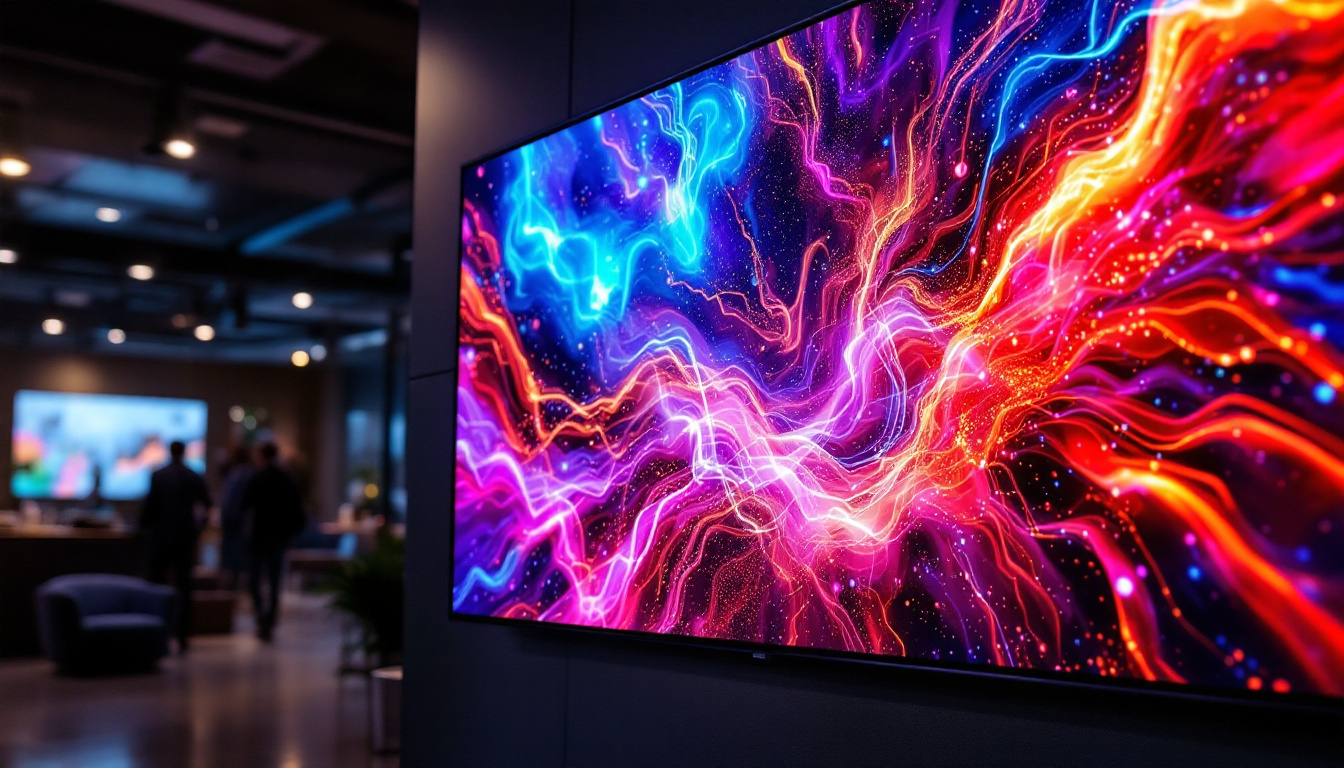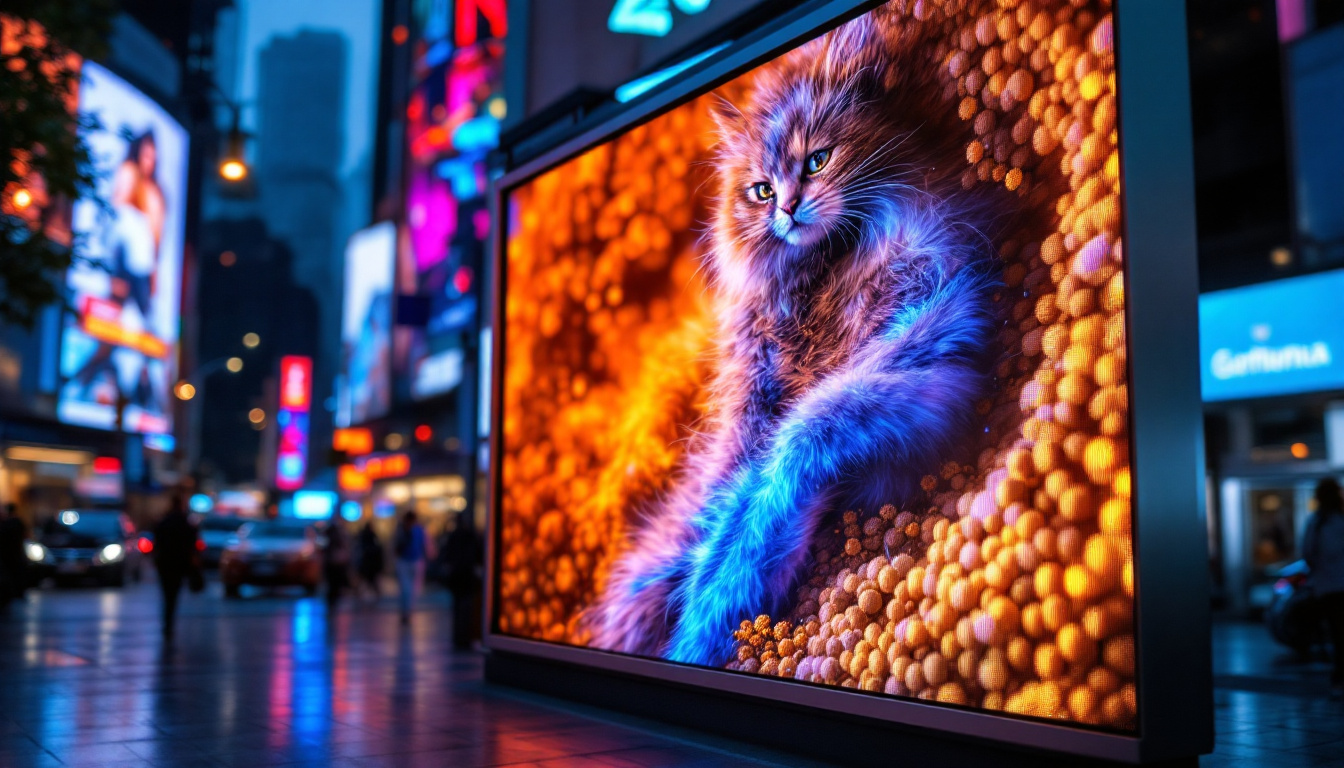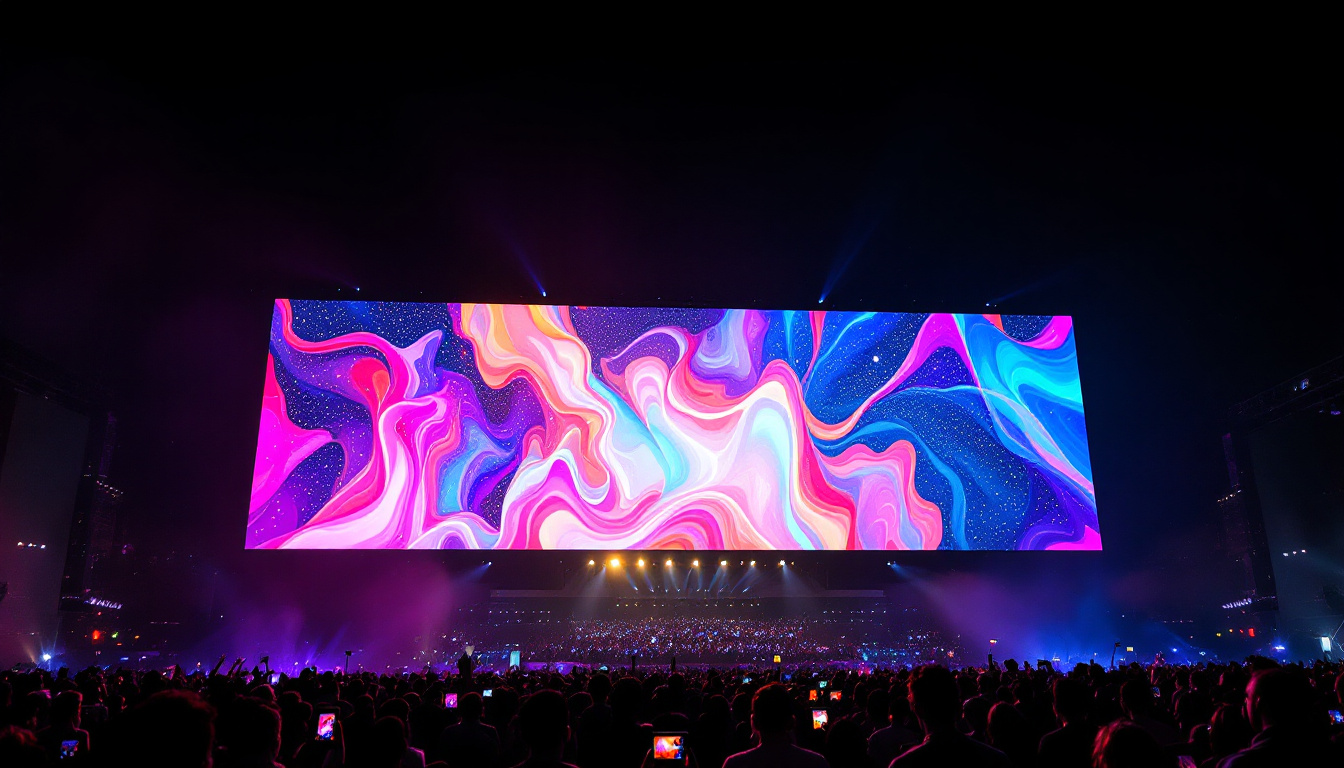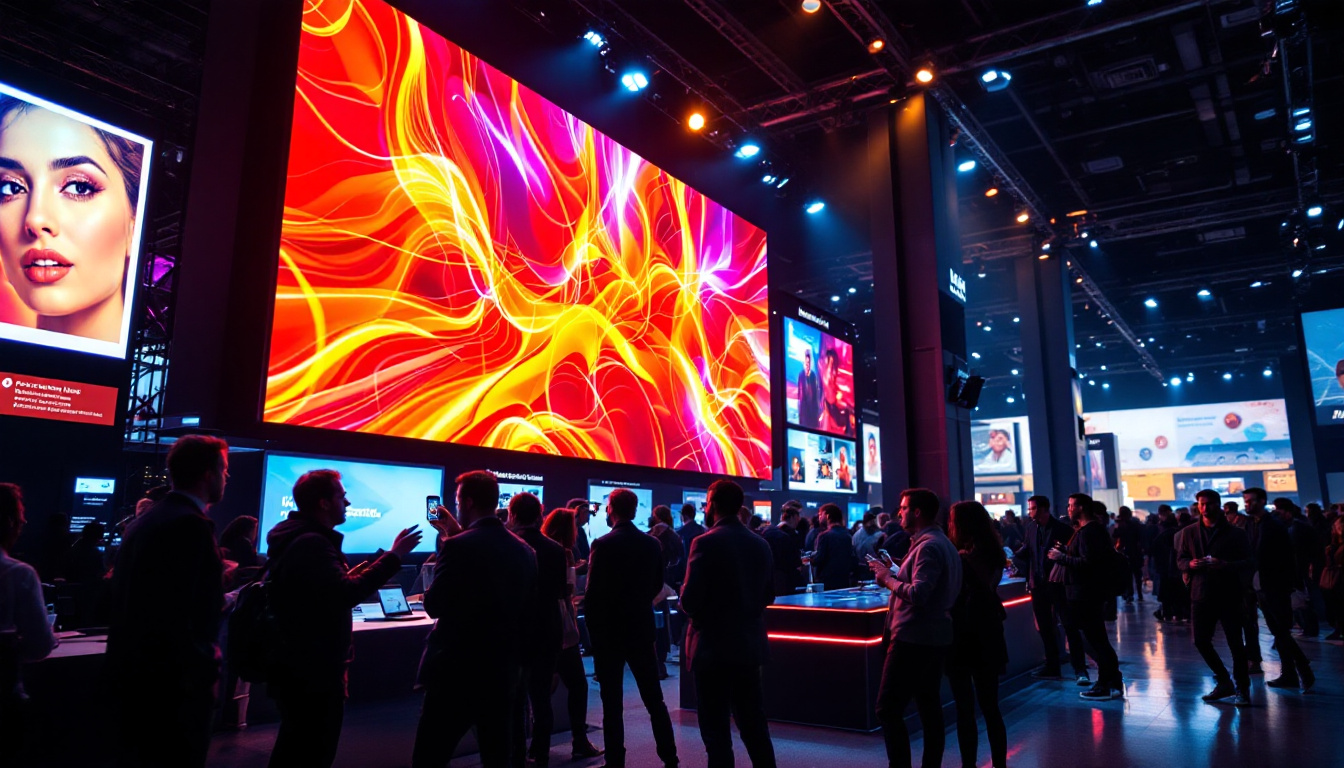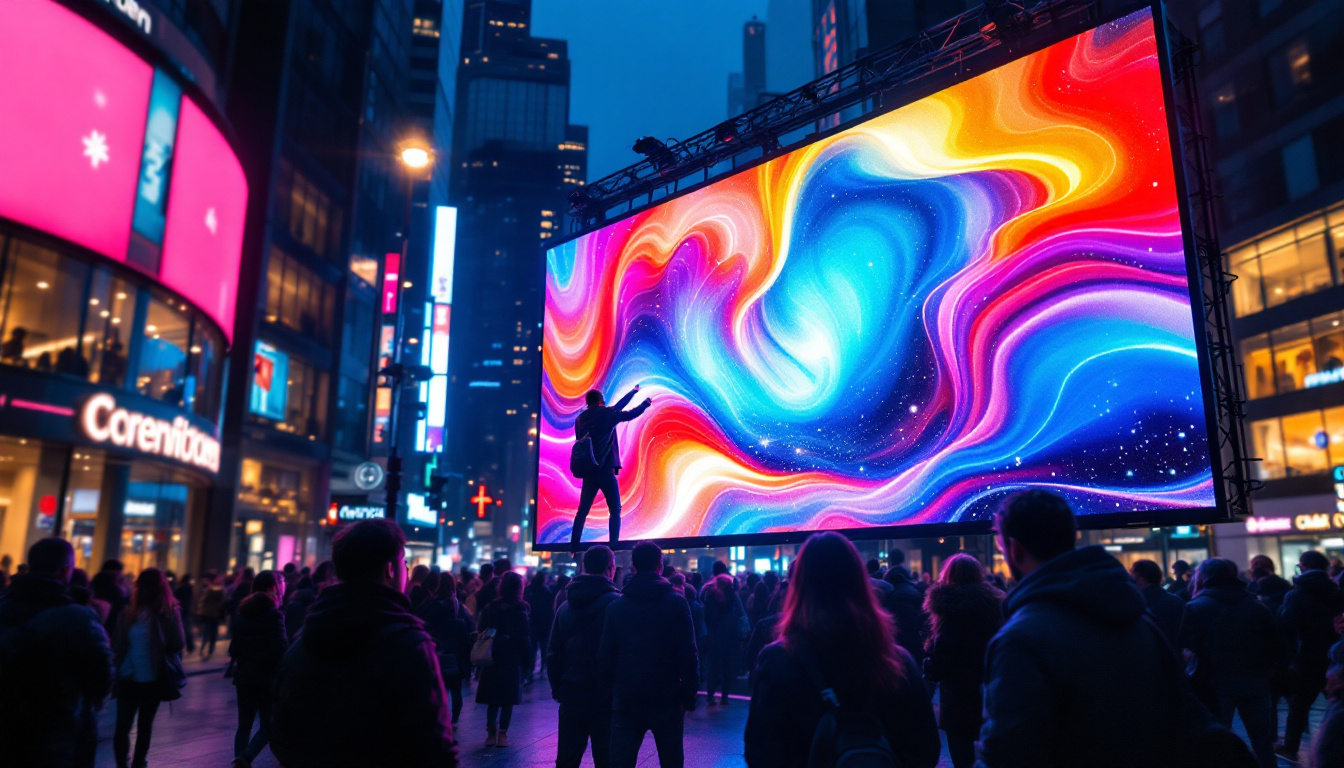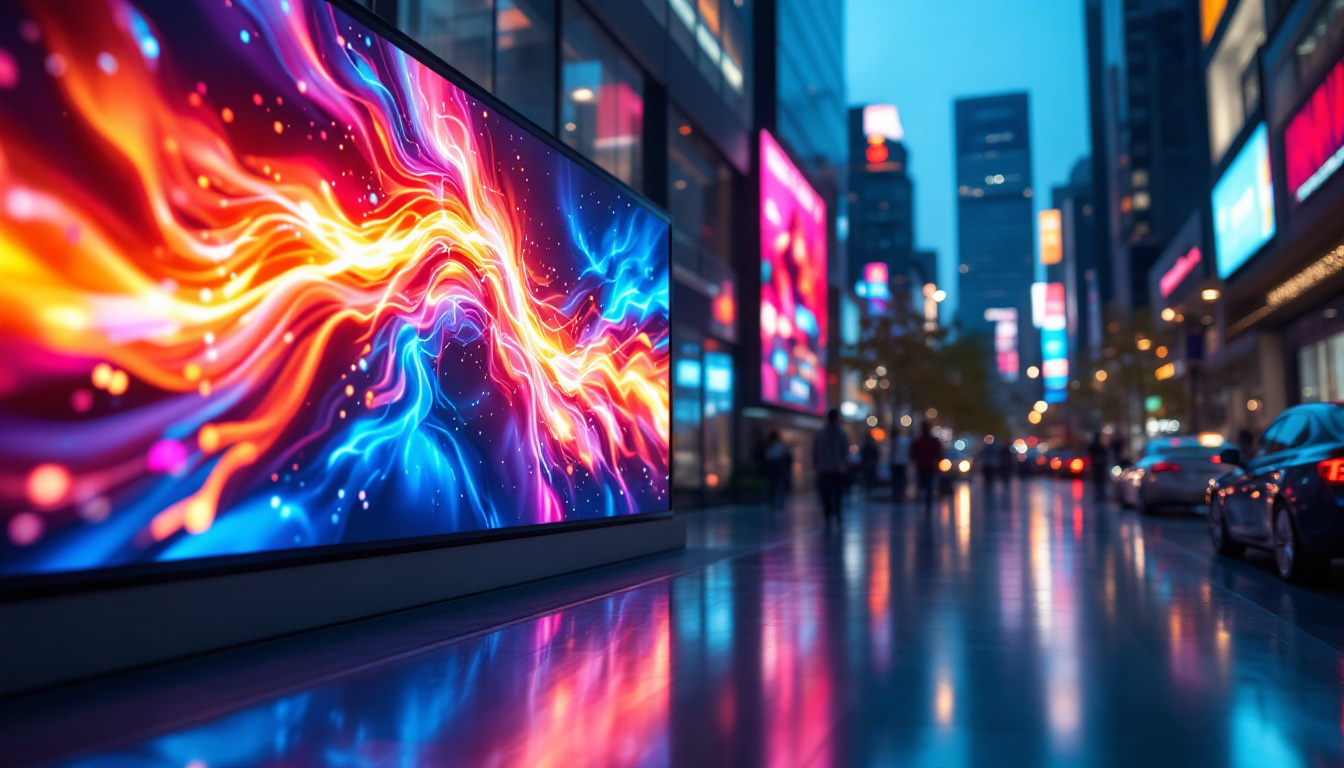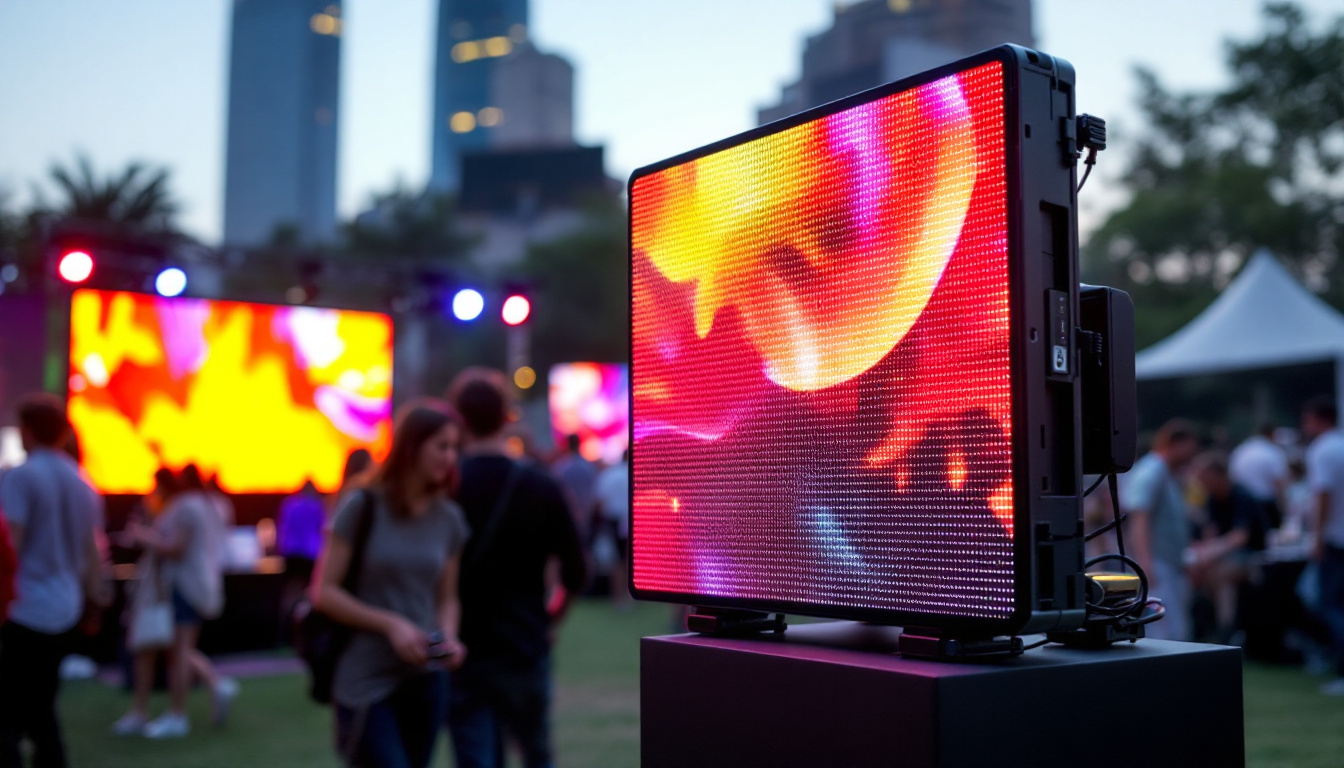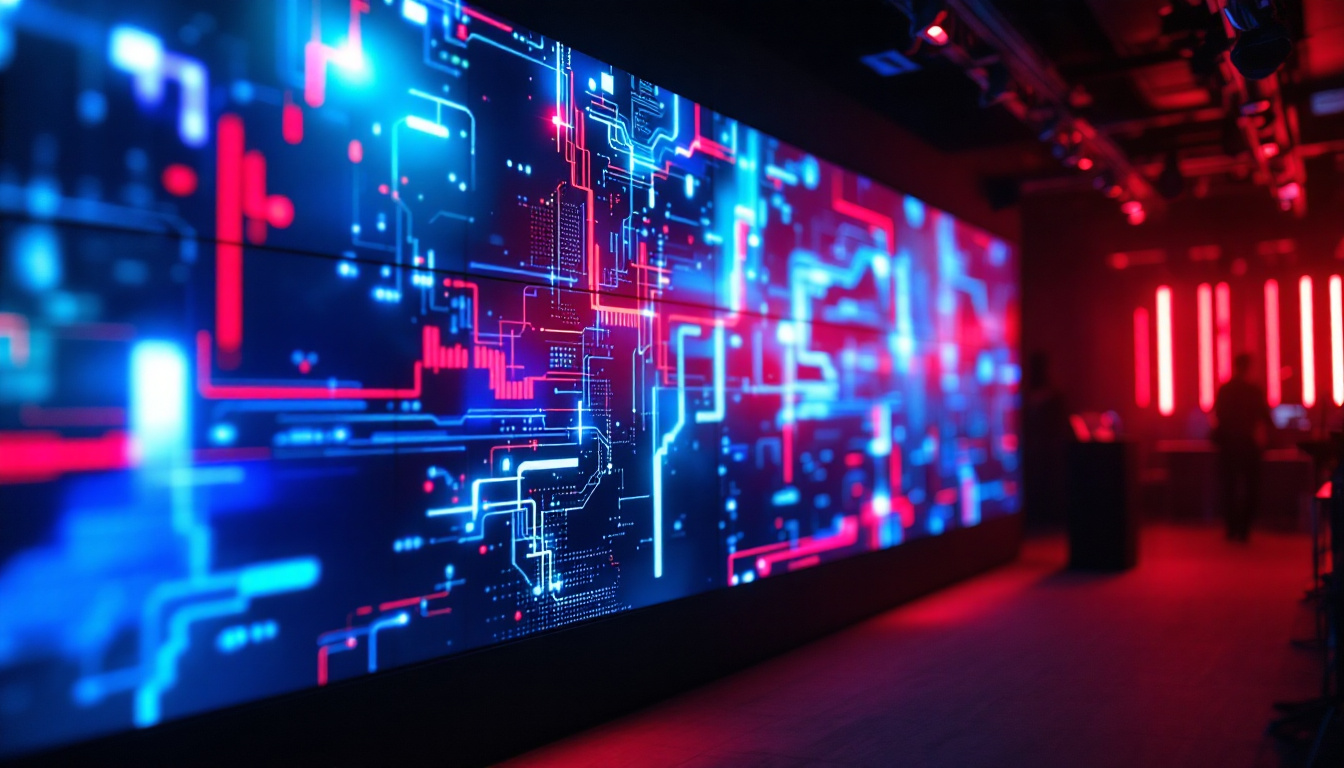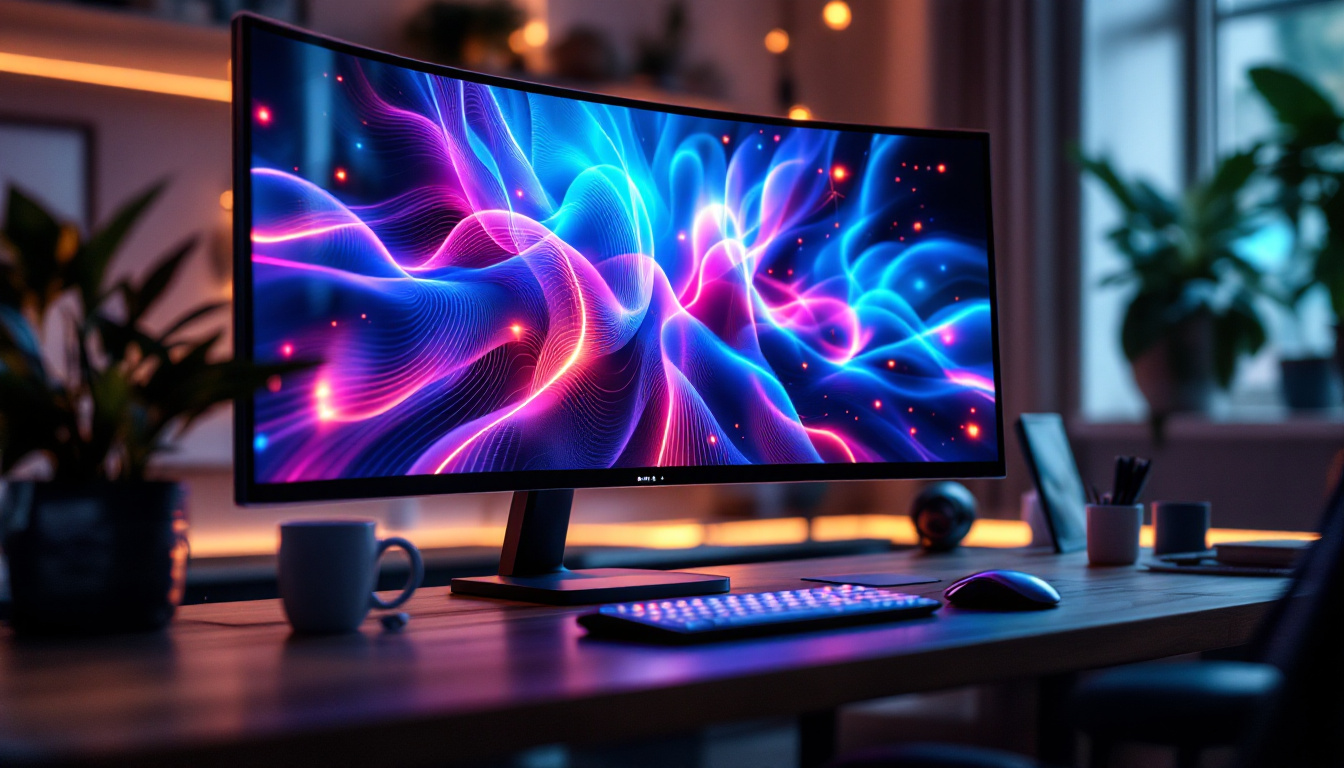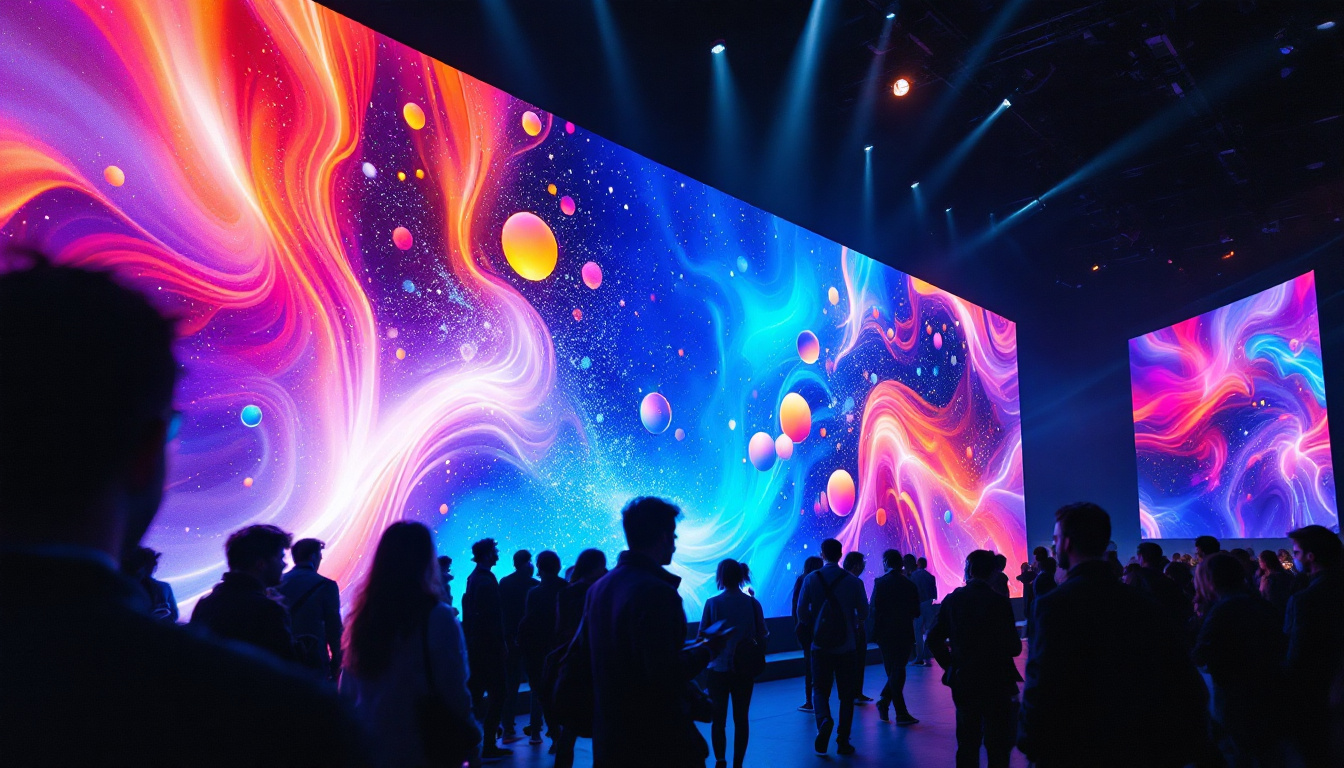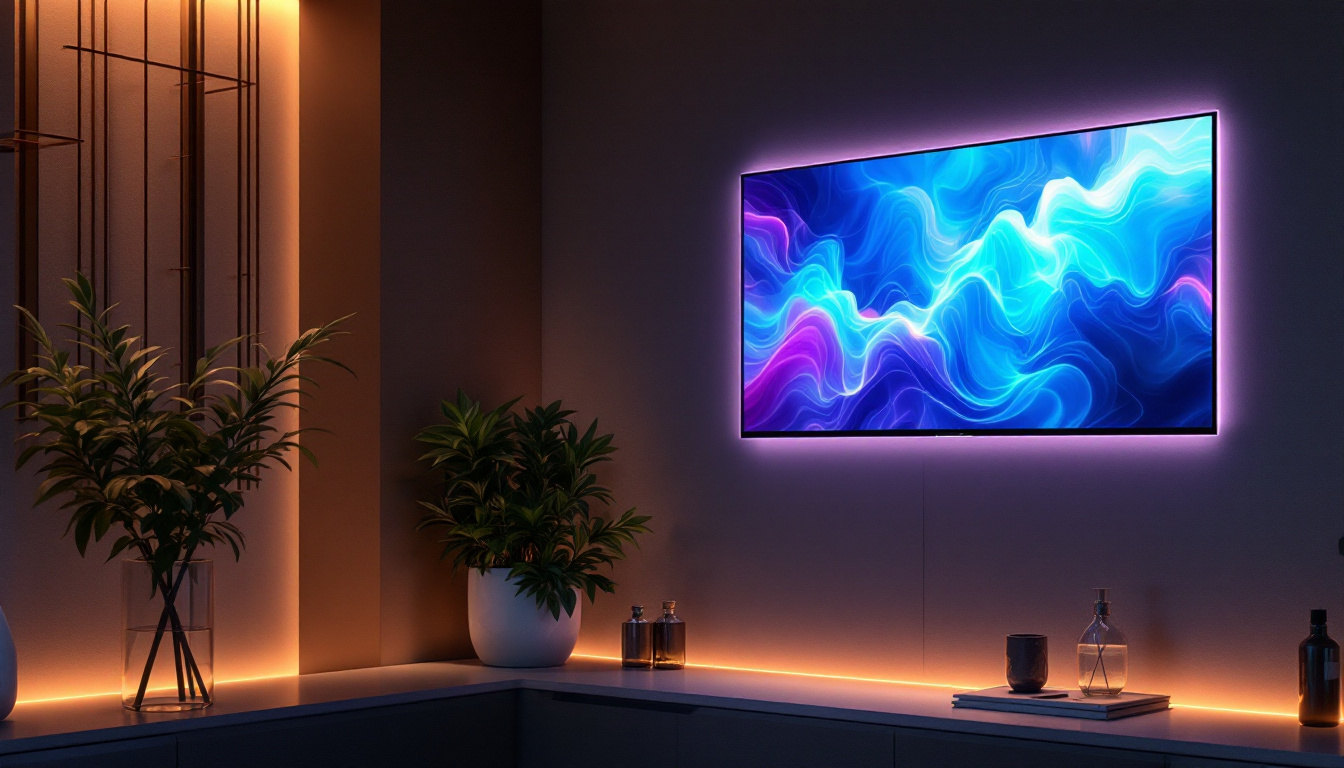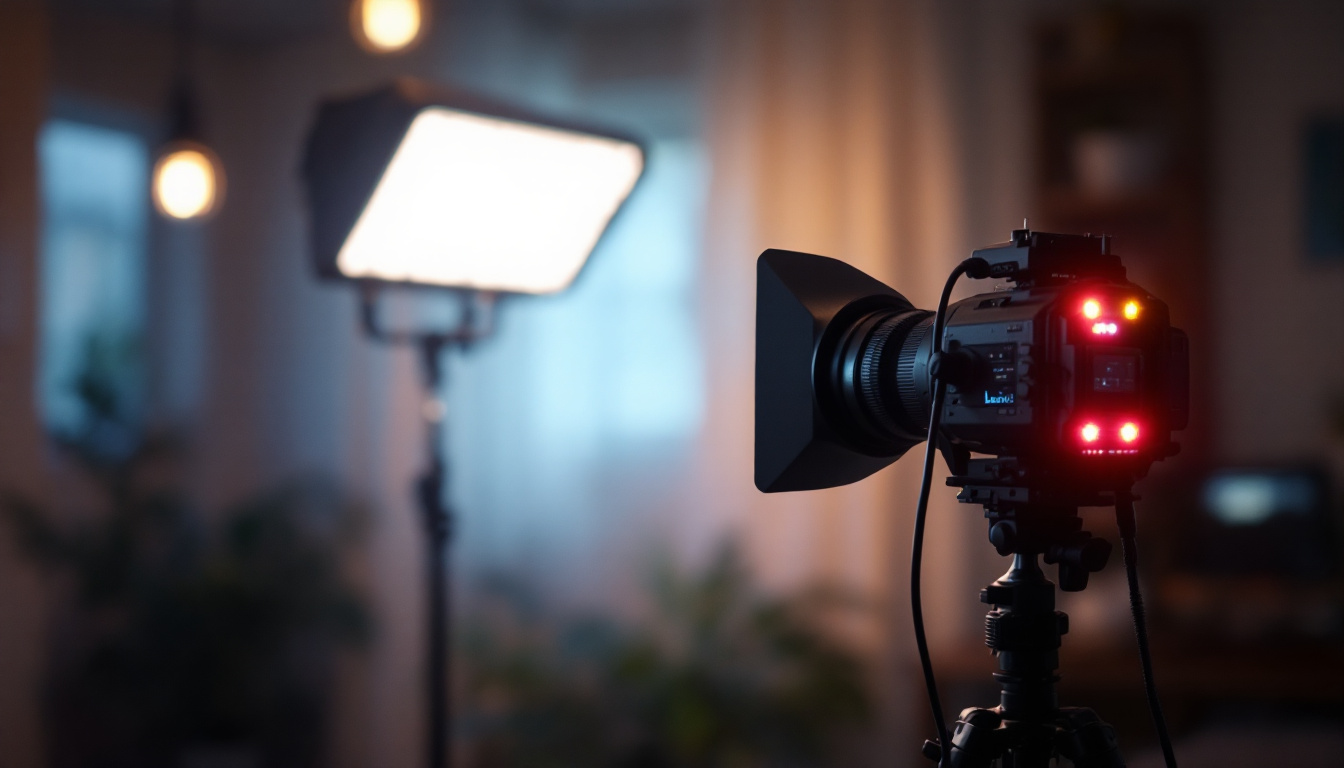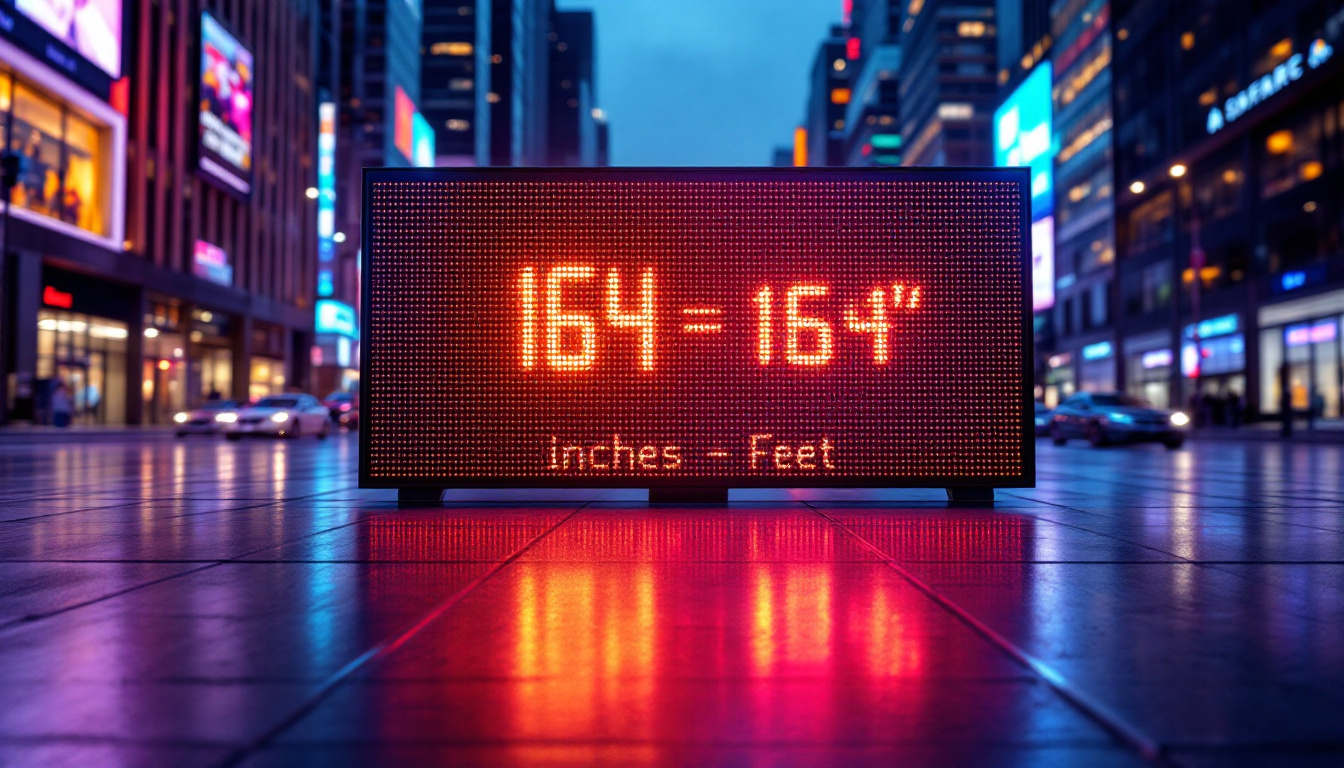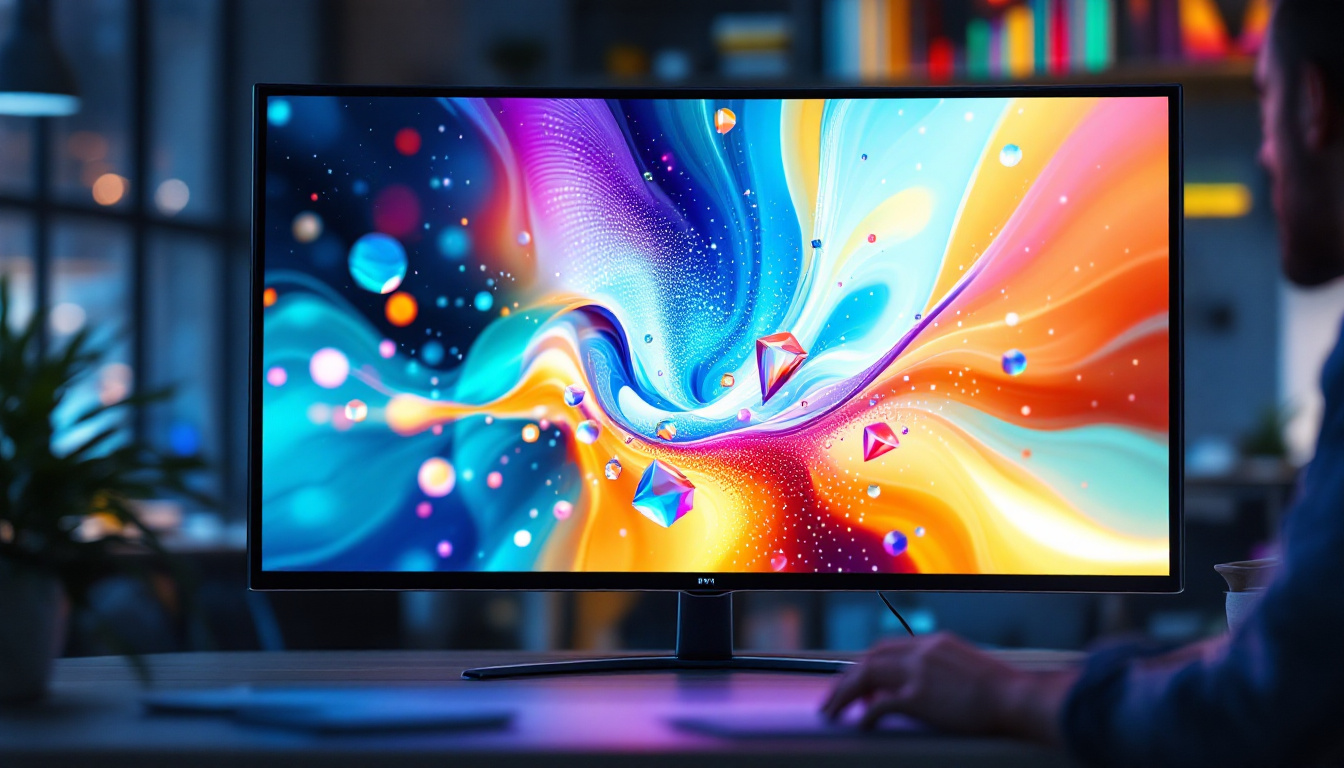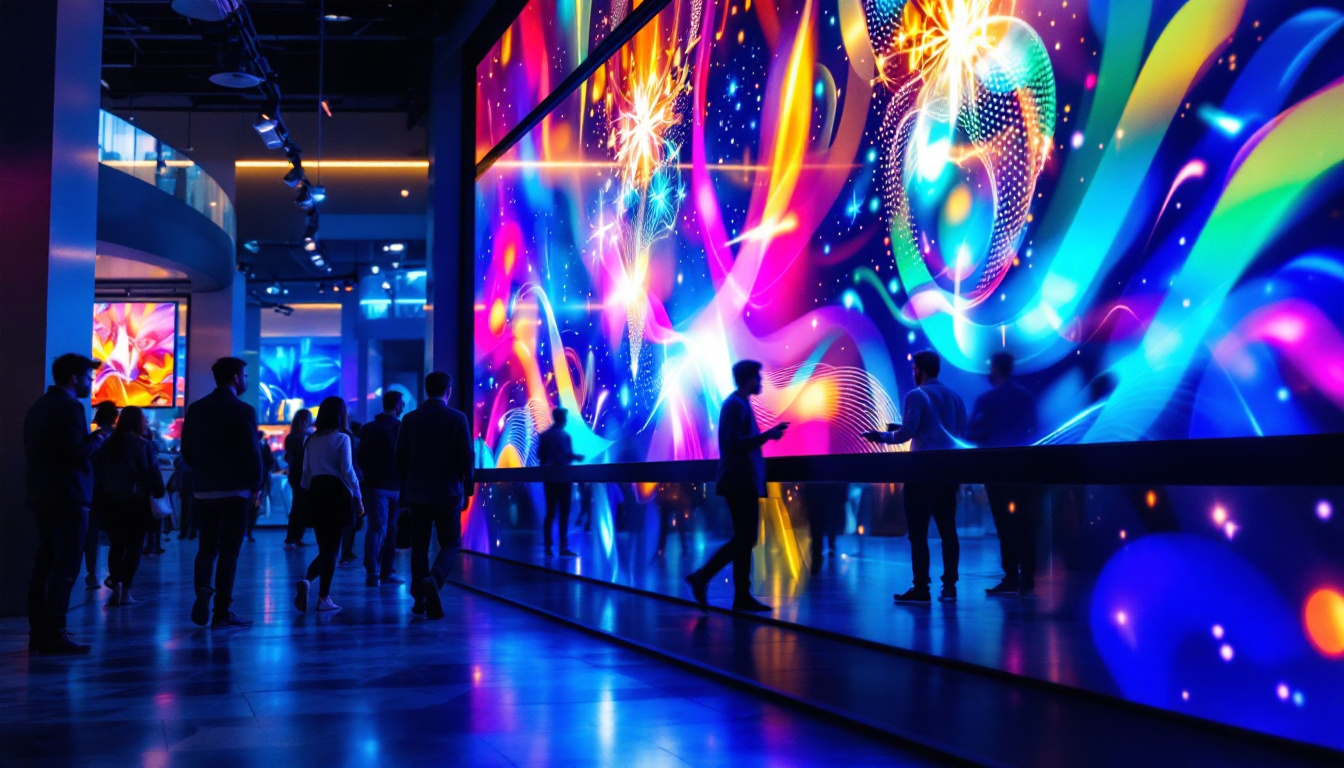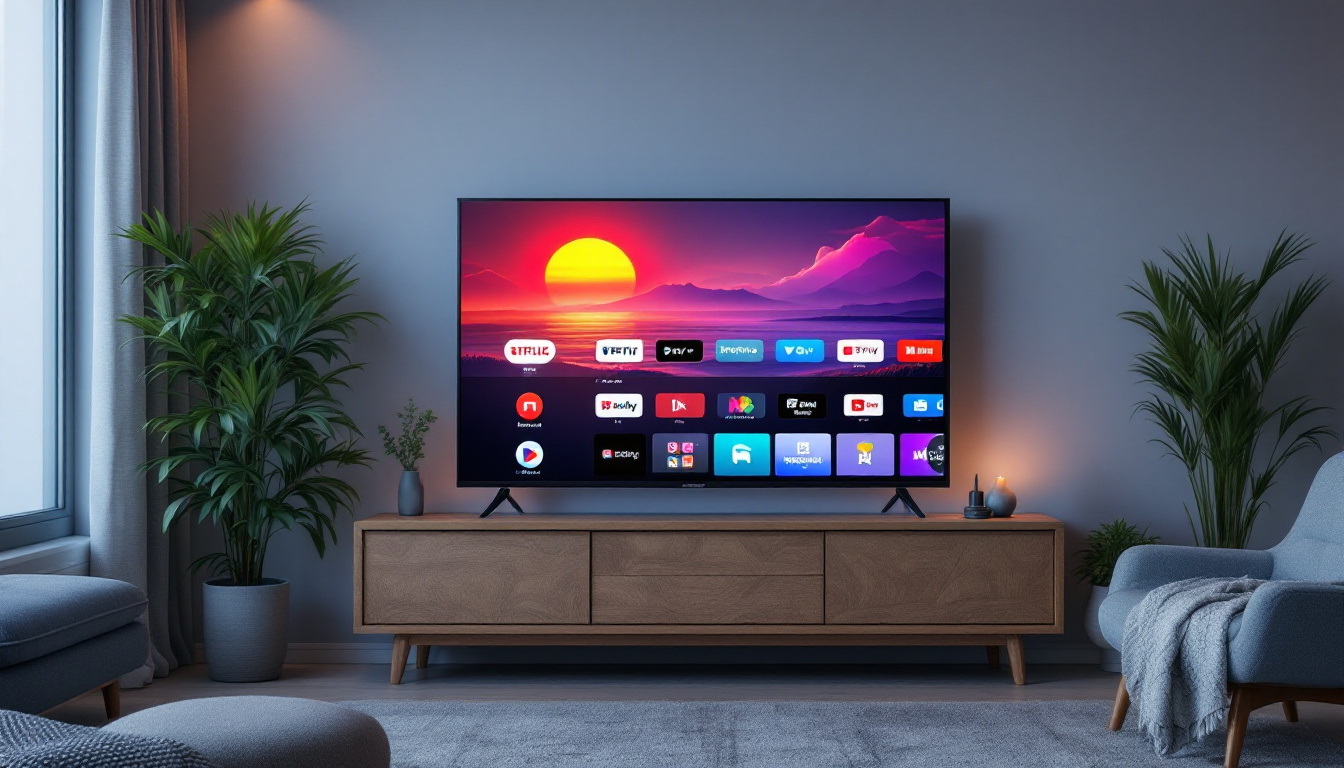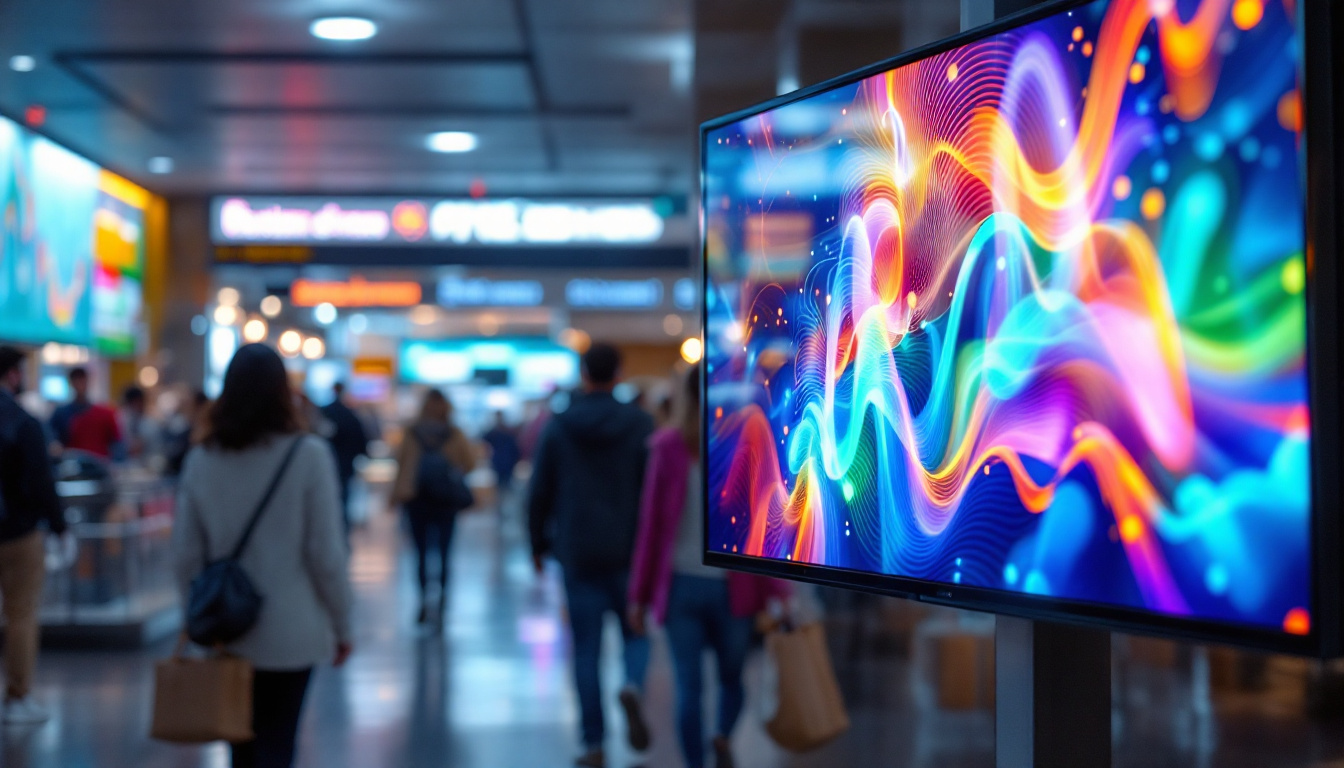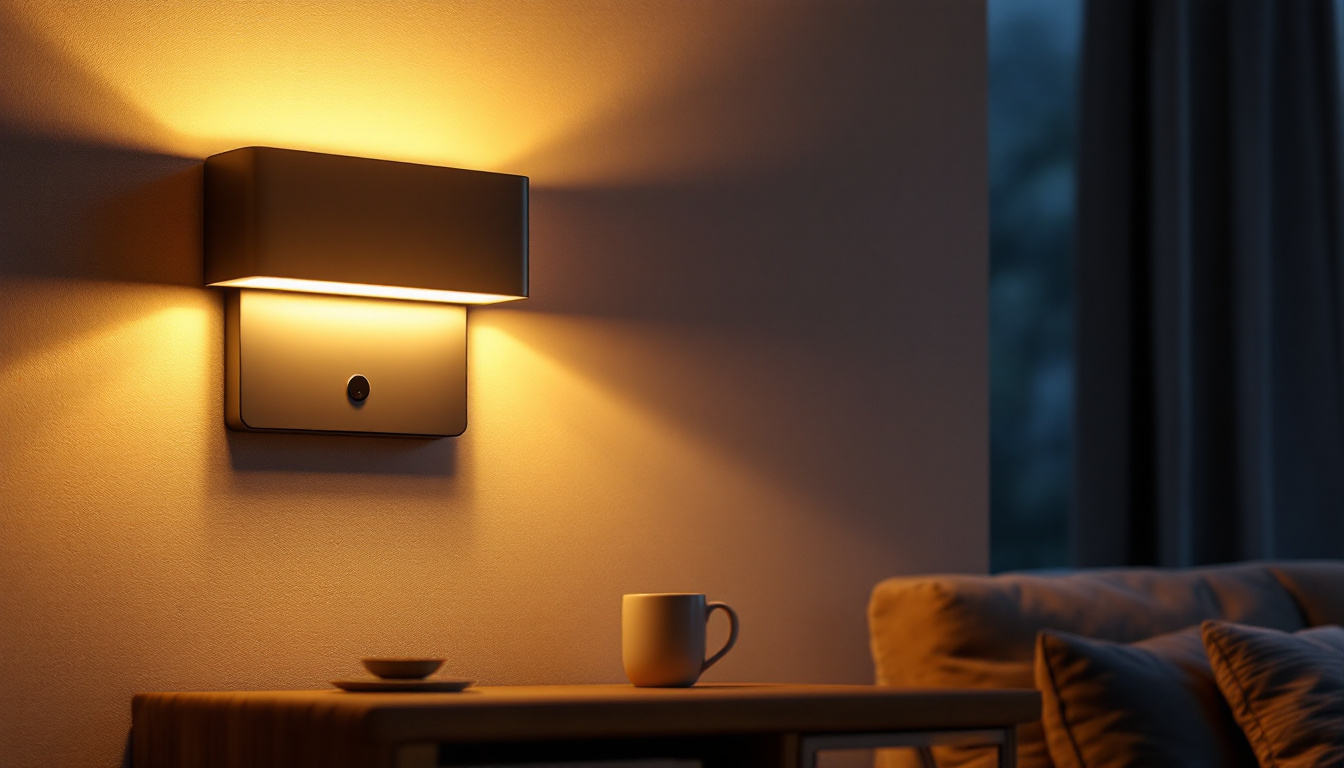In the realm of modern technology, LED displays have become ubiquitous, gracing everything from smartphones to large television screens. One of the most critical aspects of these displays is their contrast settings, which can significantly influence the viewing experience. Understanding how contrast works and how to adjust it can lead to better image quality, reduced eye strain, and an overall enhanced visual experience. This article delves into the intricacies of screen contrast settings, particularly in LED displays, and offers practical tips for optimizing your settings.
Understanding Screen Contrast
At its core, screen contrast refers to the difference in luminance between the darkest black and the brightest white that a display can produce. This difference is crucial because it affects how well the details in images and videos are perceived. A high contrast ratio means that the display can show deeper blacks and brighter whites, resulting in a more vibrant and dynamic image. Conversely, a low contrast ratio can make images appear flat and dull.
What is Contrast Ratio?
The contrast ratio is typically expressed as a ratio, such as 1000:1. This means that the brightest white is 1000 times brighter than the darkest black. Different types of displays have varying contrast ratios. For instance, OLED displays generally have superior contrast ratios compared to traditional LED displays due to their ability to turn off individual pixels completely, resulting in true blacks.
Understanding this ratio is essential for consumers when selecting a display for specific tasks. For instance, graphic designers and photographers may require displays with higher contrast ratios to accurately assess colors and details in their work, while casual users may prioritize other features. Furthermore, the contrast ratio can significantly impact the viewing experience in different contexts, such as gaming or movie watching, where immersion and detail are paramount. A display with a high contrast ratio can bring out subtle details in shadows and highlights, enhancing the overall visual storytelling.
Factors Affecting Contrast Settings
Several factors can influence the perceived contrast on an LED display, including ambient lighting, the quality of the display panel, and the settings configured by the user. Ambient light can wash out colors and reduce the effectiveness of contrast settings, making it essential to consider the environment where the display will be used.
Additionally, the quality of the display panel plays a significant role. Higher-end models often incorporate advanced technologies that enhance contrast, such as local dimming and HDR (High Dynamic Range) capabilities. These features allow for better control over brightness levels across different areas of the screen, resulting in improved contrast and detail. Moreover, the calibration of the display can also affect contrast; professional calibration can ensure that the colors and brightness levels are optimized for the best viewing experience. Users may also find that adjusting the contrast settings manually can yield better results depending on the content being viewed, whether it be bright, colorful animations or darker, more subdued films.
Adjusting Contrast Settings
Adjusting the contrast settings on an LED display is a straightforward process, but it requires a careful approach to achieve optimal results. Most displays come with preset modes that can be selected based on the content being viewed, such as movies, gaming, or photo editing. However, manual adjustments can often yield better results tailored to individual preferences.
Accessing Contrast Settings
To access contrast settings, users typically navigate through the display’s on-screen menu. This can usually be done using the remote control or physical buttons on the device. Once in the menu, look for options labeled “Picture,” “Display,” or “Settings.” From there, users can find the contrast setting, which is often adjustable via a slider.
For those using a computer monitor, contrast settings can also be adjusted through the operating system’s display settings. In Windows, for example, users can access display settings by right-clicking on the desktop and selecting “Display settings.” From there, advanced settings can often be found, allowing for further adjustments. Mac users can access similar options through the “System Preferences” menu, where the “Displays” section provides tools for fine-tuning contrast and brightness according to their needs.
Best Practices for Adjusting Contrast
When adjusting contrast, it is advisable to start with a moderate setting and gradually increase or decrease it based on personal preference and the content being viewed. A common recommendation is to set the contrast to around 70-80% for general use, but this can vary widely depending on the specific display and the environment. Factors such as ambient lighting can significantly impact how contrast settings appear, so it may be beneficial to adjust them in the same lighting conditions in which the display will be used.
It’s also beneficial to test the settings using high-quality images or videos that showcase a range of colors and brightness levels. This can help users identify the optimal contrast level that enhances detail without causing eye strain or discomfort. Additionally, consider utilizing calibration tools or software that can assist in achieving a more precise adjustment. Many professionals in graphic design and photography rely on calibration devices that measure the display’s output, ensuring that colors and contrasts are rendered accurately, which is crucial for their work. By taking the time to properly adjust contrast settings, users can greatly enhance their viewing experience, making it more enjoyable and visually appealing.
The Impact of Contrast on Visual Experience
The impact of contrast settings on the visual experience cannot be overstated. Properly adjusted contrast settings can lead to a more immersive experience, whether watching movies, playing video games, or working on graphic design projects. Here are some key areas where contrast plays a crucial role.
Color Accuracy and Detail
High contrast settings can significantly enhance color accuracy and detail perception. When contrast is set correctly, colors appear more vibrant and true to life. This is especially important for professionals in fields such as photography and graphic design, where accurate color representation is vital.
Moreover, higher contrast can help in distinguishing subtle details in images, making it easier to see textures, shadows, and highlights. This is particularly relevant in gaming, where visual clarity can impact performance and enjoyment.
Reducing Eye Strain
Improper contrast settings can lead to eye strain, especially during prolonged use. A display with too high or too low contrast can cause discomfort, leading to fatigue. By optimizing contrast settings, users can create a more comfortable viewing environment, reducing the likelihood of eye strain and associated symptoms like headaches.
It’s also essential to consider the overall brightness of the display in conjunction with contrast. A well-balanced combination of brightness and contrast can lead to a more pleasant viewing experience, especially in varying lighting conditions.
Advanced Contrast Techniques
For those looking to take their display settings to the next level, several advanced techniques can enhance contrast and overall image quality. These techniques often involve a deeper understanding of display technology and may require additional tools or software.
Using Calibration Tools
Calibration tools can significantly improve contrast settings by providing precise measurements of color and brightness. Professional calibration tools, such as colorimeters, can be used to adjust the display to industry standards, ensuring accurate color reproduction and optimal contrast.
Calibration software can also assist in this process, guiding users through the adjustment of various settings, including contrast, brightness, and color balance. This is particularly beneficial for professionals who rely on their displays for critical visual work.
Exploring HDR Technology
High Dynamic Range (HDR) technology is another avenue for enhancing contrast in LED displays. HDR allows for a broader range of brightness levels, enabling displays to showcase more detail in both dark and bright areas of an image. When used in conjunction with properly adjusted contrast settings, HDR can create a stunning visual experience.
To take advantage of HDR, users must ensure that their display supports this technology and that HDR content is being viewed. Many streaming services and gaming consoles now offer HDR content, making it more accessible to consumers.
Common Issues with Contrast Settings
Despite the benefits of adjusting contrast settings, users may encounter several common issues that can hinder their viewing experience. Understanding these issues can help in troubleshooting and achieving optimal settings.
Inconsistent Contrast Across Different Content
One common issue is the inconsistency of contrast across different types of content. For instance, a movie may appear too dark or too bright compared to a video game. This can be attributed to the varying production techniques used in different media.
To address this, users can experiment with different preset modes available on their displays. Many modern displays offer modes specifically designed for movies, games, and other types of content, which can help maintain consistent contrast levels.
Screen Glare and Reflection
Screen glare and reflections can also impact perceived contrast. Bright ambient lighting can wash out colors and reduce the effectiveness of contrast settings. To mitigate this, consider repositioning the display or using anti-glare screen protectors.
Additionally, adjusting the room’s lighting can create a more favorable viewing environment. Dimming overhead lights or using curtains can help reduce glare and enhance the overall contrast experience.
Conclusion
Screen contrast settings play a vital role in the performance of LED displays, impacting everything from color accuracy to eye comfort. By understanding the fundamentals of contrast, users can make informed adjustments to their displays, leading to a more enjoyable visual experience. Whether for professional work or casual viewing, optimizing contrast settings is a crucial step in maximizing the potential of any LED display.
As technology continues to evolve, staying informed about advancements in display technology, such as HDR and calibration tools, will further enhance the viewing experience. Embracing these techniques can lead to a richer, more immersive interaction with digital content, ensuring that users get the most out of their LED displays.
Discover the Future of LED Displays with LumenMatrix
Ready to elevate your visual experience with the latest in LED display technology? LumenMatrix is at the forefront of innovation, offering a wide range of LED display solutions that bring your content to life. From captivating Indoor LED Wall Displays to dynamic Outdoor LED Wall Displays, and from versatile Vehicle LED Displays to engaging LED Sports Displays, our products are designed to make a lasting impression. Experience the difference with LumenMatrix and revolutionize the way you communicate visually. Check out LumenMatrix LED Display Solutions today and transform your space into a vibrant canvas of possibilities.


